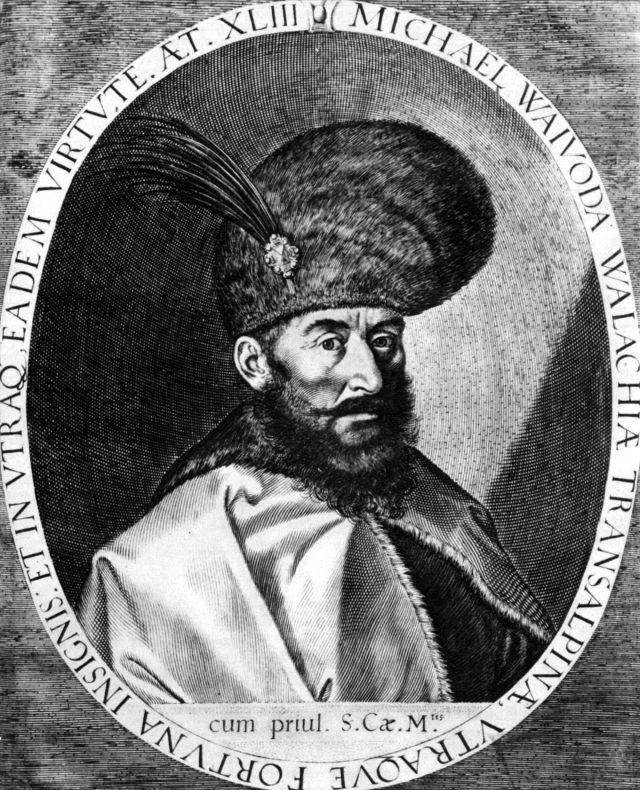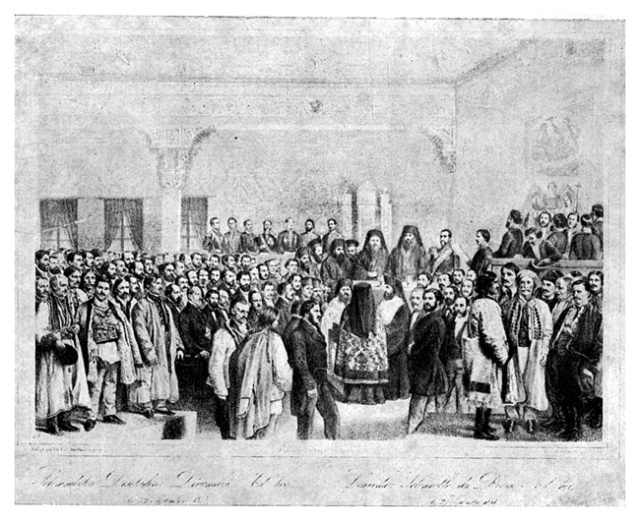- Second Circuit’s call makes more sense—better “market”-based than “formula” based in isolation from everything else for (cramdown) interest rate in an equitable context
- As the BK court is a court of equity, Casey’s strands of theory (“Bankruptcy’s Endowment Effect”, EBDJ, Jan 2017) make sense: the pre-petition entitlements are not the crux of the issue nor do they require “scrupulous” preservation
- “They are more like guidelines”, as Captain Barbossa would say
- BK’s raison d’etre per Casey is “to alter non-BK endowments according to a hypothetical bargain” (Intro, emph. in orig.)
- The Court did require ascertaining the existence of an efficient market, contra the situation ex ante described by Casey, II.B, and required: “[o]n remand, the bankruptcy court should assess whether an efficient market rate can be ascertained, and, if so, apply it to the replacement notes.” (emph. added)
- The “theoretical” goal of reorganization is, per Casey, the maximization of the value of the estate and minimization of opportunistic behavior (ii.B). While this is very law&economics à la Chicago (also my alma mater), it is perhaps less than fully congruent with equity—but it may be a close approximation in the case of Ch 11 (vs. 13)
- The market method is based on a hypothetical transaction regarding the interest rate, namely, around what the terms could be for a loan in the current conditions of the debt market for the debtor at hand
- Hypothetical: The several variables at play and their qualitative aspects will very likely require the Court to rely on experts/advisors. This is currently done in other areas of the BK process, e.g., valuation
- Existence–efficient market: “Whether an efficient market can be ascertained” (per 2ndCir remand in re: Momentive, vi.3.) which applies to a case at hand, is also subject to testing
- Philosophically: Fama-Shiller-Thaler debate; but to some extent agreed upon that something like it that is practically useful exists
- The BK courts will have to adopt definitions, tests and, perhaps, tolerances thereof
- event tests (around the date of the default event, as in Altman et al., 2004; or
- an integrative view as in Allen&Gottesman, 2005); or
- older Shiller-type volatility tests?
- (2ndCir had dealt with this before without prescribing an market efficiency test (e.g., in Bombardier; a topic also in Halliburton v. Erica P. John Fund, Basic v. Levinsohn, etc.))
- When an actual alternative is presented to debtor, the problem changes shape—there is now a real (vs. hypothetical) alternative to evaluate (a “stalking horse lender (?)” unlike the DIP-to-buy version) with its own opportunistic behaviors
- The BK courts will have to adopt definitions, tests and, perhaps, tolerances thereof
- At the micro-market level: for a particular industry and loan/ security type, e.g., Second-Lien Notes, syndicated, bonds, etc.
- Philosophically: Fama-Shiller-Thaler debate; but to some extent agreed upon that something like it that is practically useful exists
- Determination: The market interest rate likely incorporates market lenders’ current profit expectations—no different from the creditors’ original situation for the now defaulted debt
- The transaction costs for a loan (processing fee, origination fee, etc.) could be included (or not) in such an analysis
- This will impact the eventual yield to the hypothetical lender and
- May give the creditor under consideration a point of leverage to lift recovery: creditor can ask, in equity, as it were, for upfront compensation for its effort to restructure the debt or bake it into (i.e., finance) the loan
- Per Casey, the level and treatment of these transaction costs can provide a distressed and cash strapped debtor with a (secondary) selection mechanism for which interest rate to use in cramdown (iv.A.2)
- The transaction costs for a loan (processing fee, origination fee, etc.) could be included (or not) in such an analysis
Const.




